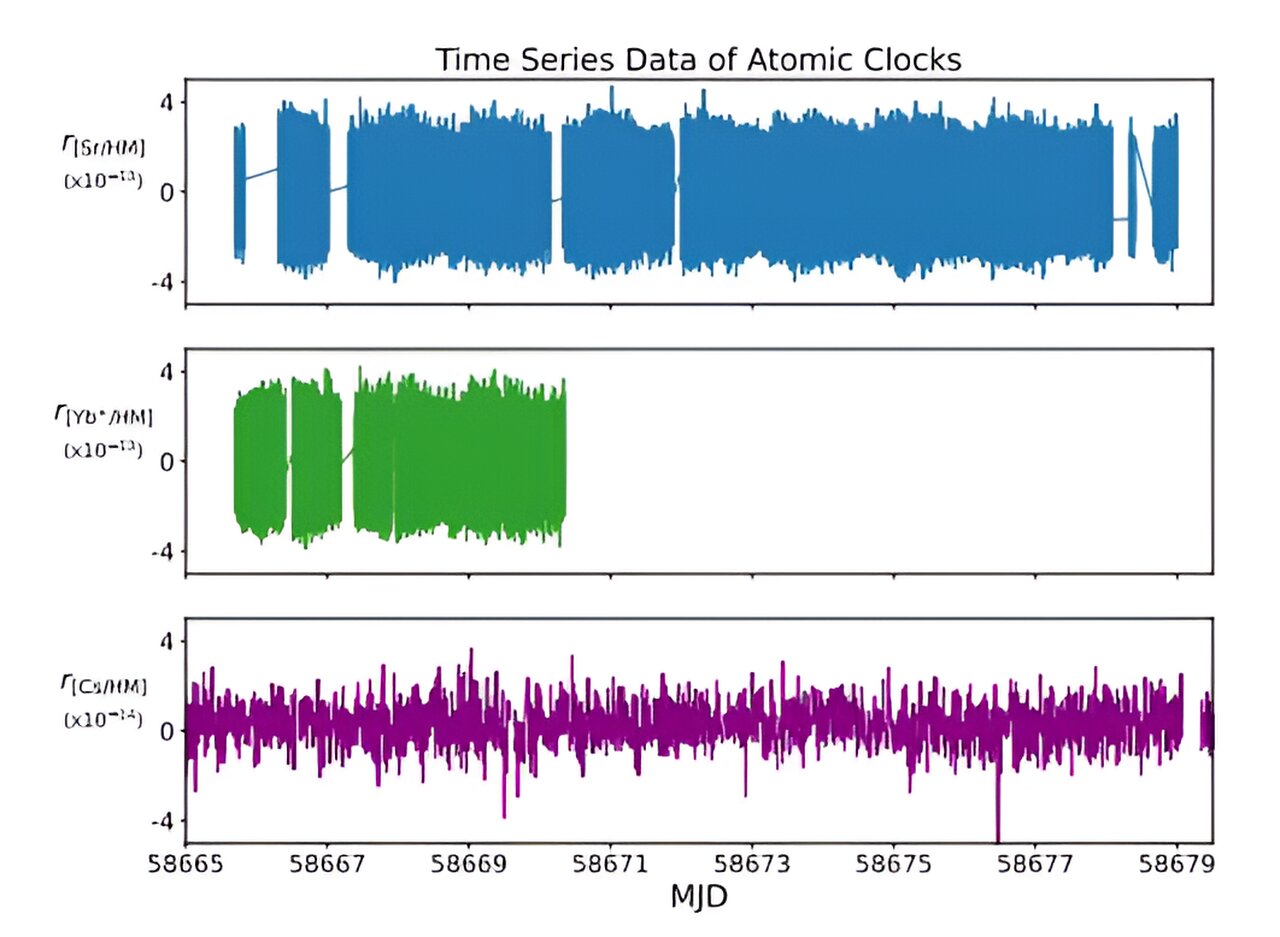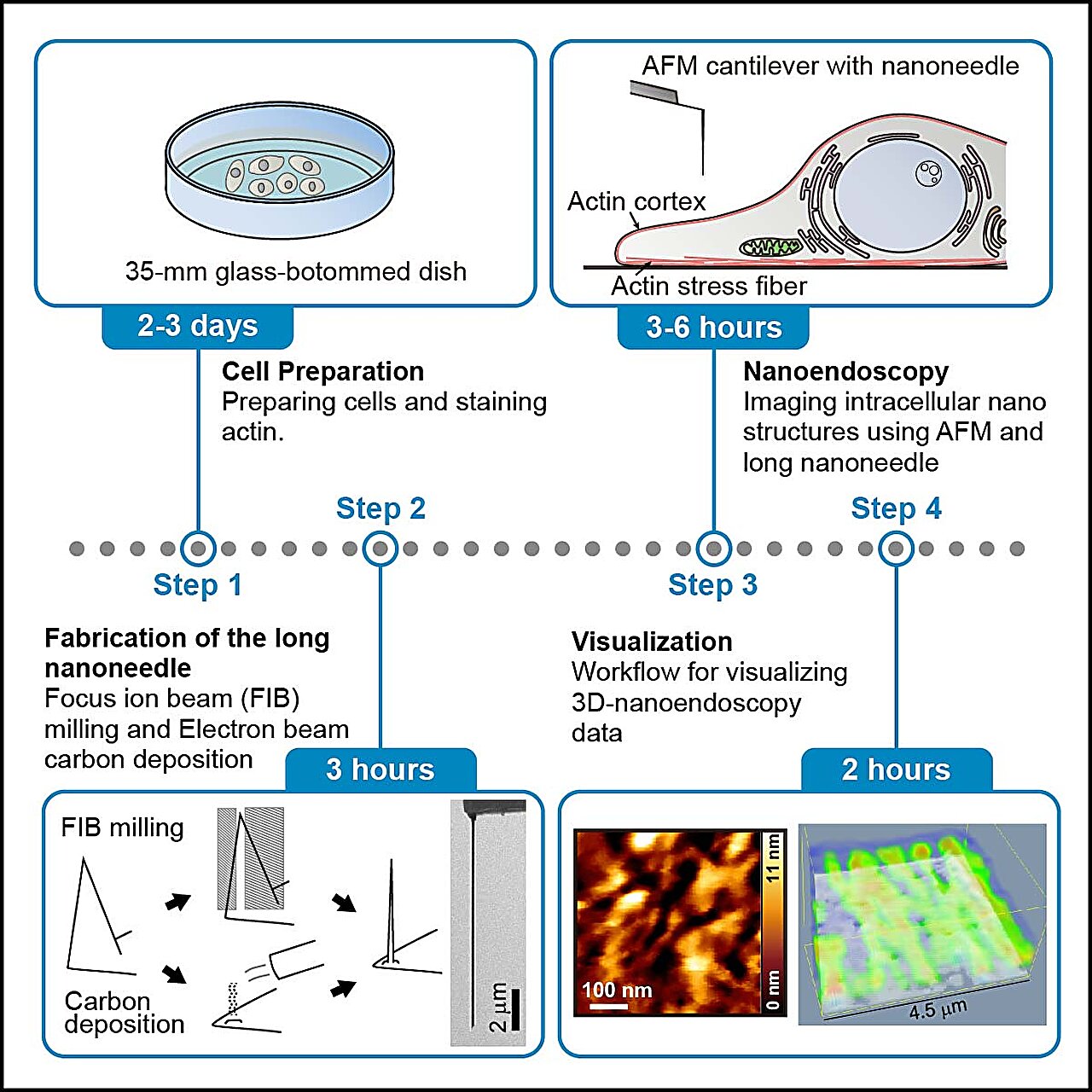A team of brilliant physicists from the University of Sussex and the National Physical Laboratory in the U.K. are on a mission to uncover the secrets of the universe. Their latest endeavor involves designing groundbreaking experiments to detect ultra-light dark matter particles. In a fascinating paper published in the open-access New Journal of Physics, they reveal their ingenious plan to harness the precision of atomic clocks in order to catch these elusive particles in action.
Dark matter, a mysterious phenomenon that has yet to be proven, has long captivated the minds of scientists. It serves as a placeholder, explaining peculiar gravitational effects on galaxies and other deviations from the Standard Model of physics. Since its conception in the 1930s, physicists worldwide have tirelessly pursued theories and experiments to validate its existence. Unfortunately, despite their dedicated efforts, concrete evidence has remained elusive.
Undeterred, the U.K. team is embarking on a groundbreaking approach to bolster dark matter theories. By utilizing the remarkable precision of atomic clocks, they aim to detect ultra-light dark matter particles. These minuscule entities, as their name suggests, are believed to constitute dark matter. The key lies in the fact that atomic clocks derive their precision from the inherent accuracy of atomic resonance—atoms oscillating between energy states in an exquisitely precise manner.
The researchers envision a scenario where ultra-light dark matter particles weakly interact with regular matter, such as the atoms forming the foundation of an atomic clock. This interaction could potentially disrupt the clock’s precision ever so slightly. If this theory holds true, the team is confident that they can observe and measure these minute changes in the oscillation frequency of the atoms. Such a groundbreaking achievement would provide compelling evidence for the existence of dark matter.
Now, the next phase of their ambitious project awaits. A team of applied physicists will take the reins and construct an apparatus capable of putting their innovative ideas to the test. Exciting times lie ahead as these brilliant minds push the boundaries of scientific exploration, inching closer to unraveling the mysteries of the universe.








